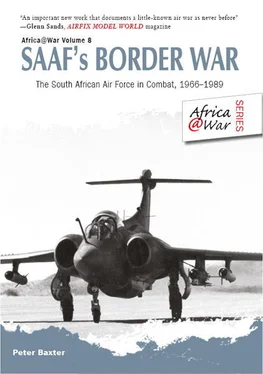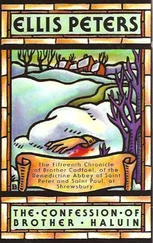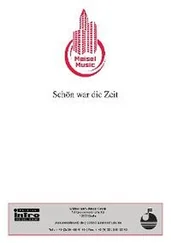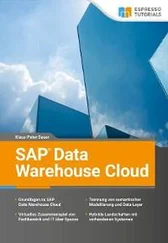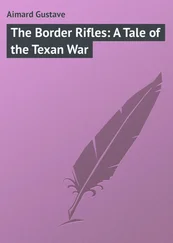The air operation was to have a somewhat broader objective. Separately codenamed Operation Konyn , the SAAF was tasked, in addition to providing close air support to ground forces engaged in Operation Protea , with the disruption and destruction of Angolan air force and SWAPO air-defence systems in the central theatre by means of airstrikes targeting specifically the radar installations at two points, Chibemba and Cahama, both situated northwest of Xangongo. This was in addition to the usual interdiction, paratroop deployment, Telstar, casevac, air reconnaissance and target-spotting activities required in an operation of this size. In fact, the air operation would be the largest mounted by the SAAF since the Second World War, requiring a significant allocation of assets for the duration.
Operation Protea was scheduled to begin on 24 August 1981 but the SAAF were in the air several days prior to this, undertaking the usual interdiction missions alongside routine road- and photoreconnaissance missions to update current intelligence prior to the launch. The first aircraft earmarked for the operation began to arrive at their border bases on 21 August. Clearly, there would be too many aircraft in operation to be deployed from a single facility, which required the Canberras of 12 Squadron, the Buccaneers of 24 Squadron and the Mirage F1AZs of 1 Squadron to be deployed to AFB Grootfontein, while the fighters of 2 and 3 squadrons and all the Impala light-attack jet aircraft were deployed to AFB Ondangwa. Various orientation exercises were undertaken in the days leading up to the operation, in particular for the attack aircraft which would be confronting established anti-aircraft artillery and shoulder-fired SA-7 Strela surface-to-air missiles.
On August 23, the day prior to the launch of the ground operation, air operations began in earnest. A four-ship Buccaneer strike was initiated against the radar installations at Cahama, using AS-30 guided missiles, which opened what would be a comprehensive and sustained mauling of these two key targets throughout the operation. [15] The AS-30 was a short-to-medium-range air-to-ground missile that used MCLOS (manual command to line of sight) guidance. This required the pilot or gunner to steer the missile to target through a UHF radio link with the missile and typically a left-handed joystick, using a magnesium flare at the base of the missile as a visual reference. Pinpoint accuracy was marginal and a high level of concentration was required for effective targeting.
The Buccaneers were followed by a Canberra/F1CZ configuration in two waves, launching longdelay and contact-fused 250kg and 450kg bombs with little or no responding AAA ground fire.
At more or less the same time the Buccaneers went to work on the Chibemba installations, registering an SA-7 launch that detonated at 18,500 feet but did not compromise any of the attacking aircraft. Again, this was followed by composite waves of Canberra and Mirage aircraft using a level-bombing delivery technique to unload the same payload as upon Cahama. However, a release error resulted in the bulk of this ordnance being scattered about the surrounding bush. Later the same afternoon, a 16-ship Mirage F1 force revisited the target, recording a second SA-7 launch that, once again, missed its target. As the day closed and evening arrived, the attacks continued with additional Canberra and Buccaneer runs to further reinforce the pummelling of the two key targets. At 20h30, well after dark, the day’s activity was rounded off by a close air support mission flown by two Impalas in aid of a company of 31 Battalion pinned down by an aggressive SWAPO/FAPLA force.

Operation Protea : SADF briefing prior to the assault, with rows of Ratels in the background. Photo courtesy Cameron Blake
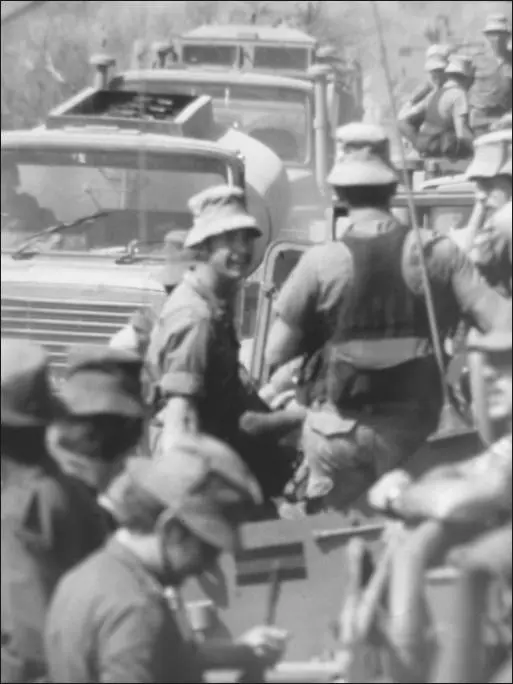
SADF task force in readiness for the assault. Photo courtesy Cameron Blake
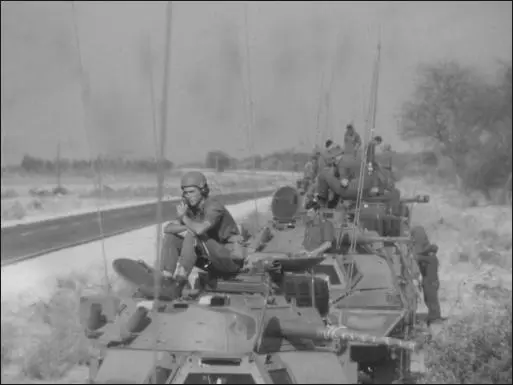
SADF task force stand by for the assault. Photo courtesy Cameron Blake

An SADF Buffel rolls into action. Photo courtesy Cameron Blake
The following day, 24 August, the main thrust of the operation was launched, with the SAAF focus now shifting to air support. A mechanized force very quickly established itself at Humbe on the opposite bank of the Cunene River from Xangongo and on the main highway north where it dug in to block any possible relief effort coming and also any effort on the part of beleaguered elements within Xangongo to attempt a breakout.
In the meanwhile, a second mechanized force crossed the border north of Ondangwa and made directly for Xangongo, detaching elements to isolate the target from a FAPLA force located at nearby Peu Peu, and to clean up satellite camps situated on the outskirts of Xangongo. The SAAF, meanwhile, directed sustained attacks on enemy positions in Humbe and Peu Peu as well as strongpoints, pockets of resistance and strategic targets within Xangongo itself.
Heavy anti-aircraft fire was registered against all attacking aircraft but by the end of day not one of the ground-operation aircraft had been lost. A Bosbok pilot, Captain Daan Laubscher, was later awarded the Honoris Crux for taking out a 23mm gun position that had stalled a troop advance, flying into intense AAA fire as he attacked the target with 68mm SNEB rockets.
August 25, D-Day + 1, was not so auspicious. As TF Alpha spent the day consolidating its position in the now-occupied town of Xangongo, an Alouette III was brought down with 23mm AAA fire near Mongua. In the meanwhile, TF Bravo had succeeded in capturing the small town of Ionde, northeast of Xangongo, which boasted a sand airstrip, increasing SAAF flexibility significantly and allowing for logistical resupply to the ground forces operating in the area as well as prompt casualty evacuation.
With Xangongo secured the focus of the ground operation then shifted to Ongiva, the administrative capital of Cunene Province. A combined FAPLA/SWAPO attempt to halt the mobile SADF force at Mongua was brushed aside before the South Africans set upon the dug-in defences of the town in earnest, securing first the airport, which was the first target approached by road, and then moving on the town proper.
The SAAF was in the thick of the battle throughout, attacking military installations and AAA sites surrounding the town and the airfield. A Strela hit on a Mirage III piloted by Captain Rynier Keet was recorded during a strike aimed at the Ongiva airport. The impact occurred at the top of the tailpipe section and, although severely debilitated, Keet was able to return to base and put the ship down, having been ordered to orbit until all other aircraft had landed to avoid the possibility of a stricken aircraft obstructing the runway.
Close air support operations continued as TF Alpha methodically worked its way through the expansive target area, calling in air assaults on tank, mortar and 122mm rocket positions which from time to time stalled the advance. A particular obstacle frequently encountered was dug-in armoured vehicles and tanks where only the turret was protruding and which were being used as static artillery. These were very difficult to take out as the vulnerable wheels and tracks were protected by sand revetments.
Читать дальше
